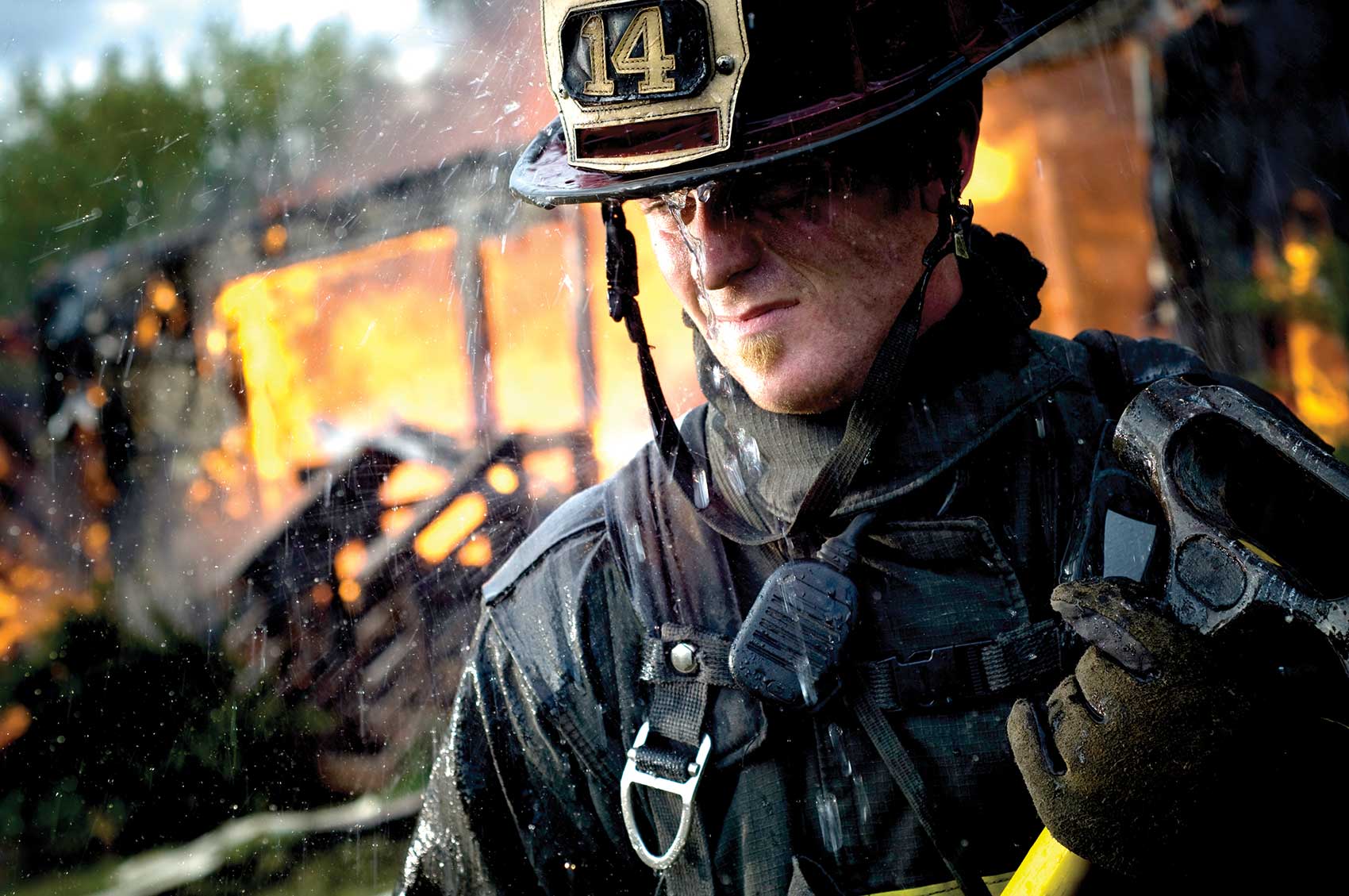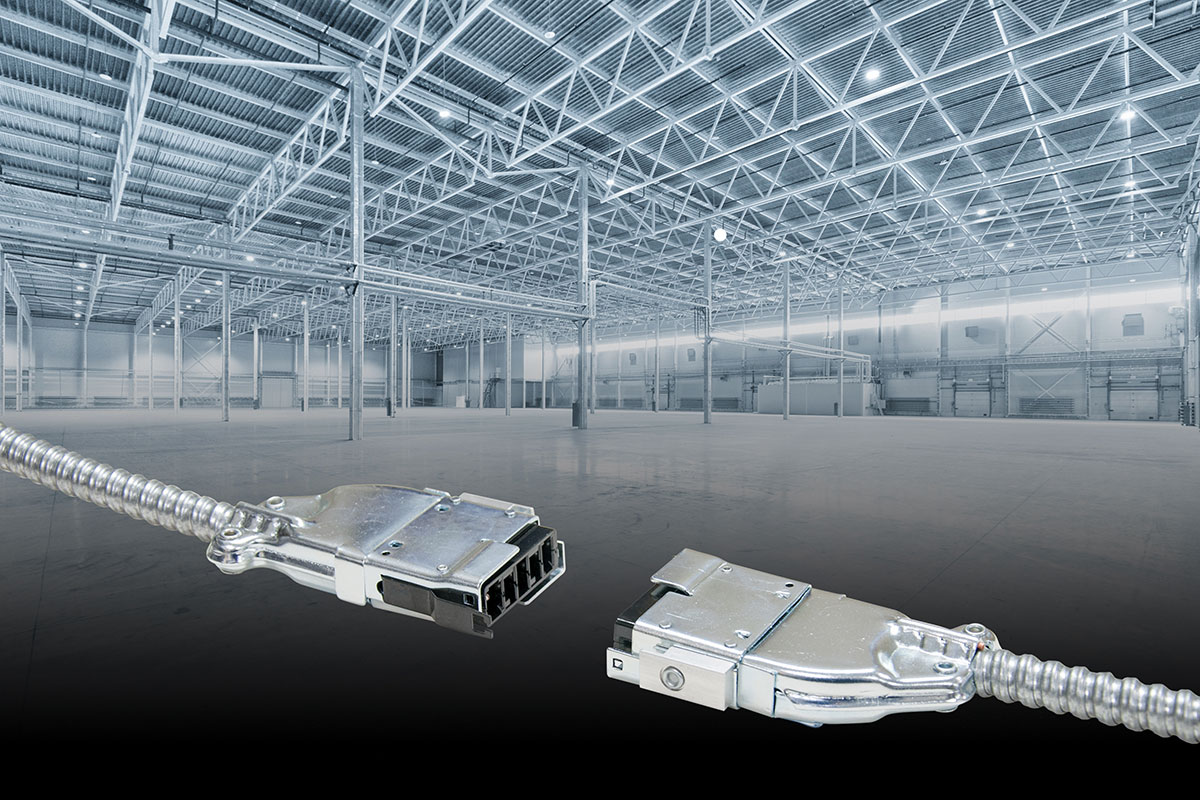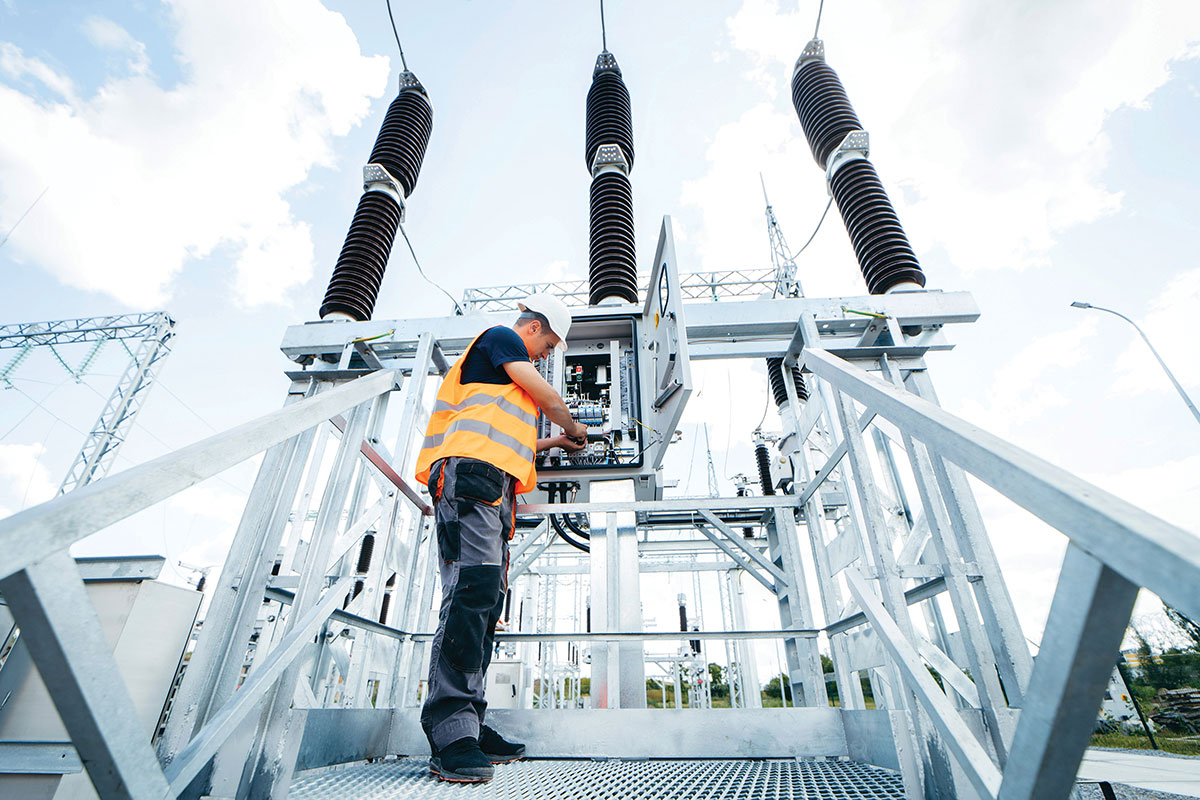The purpose of NFPA 70®, National Electrical Code® (NEC®), is the practical safeguarding of persons and property from hazards arising from the use of electricity. This simple statement is the guiding light or “North Star” that members of the various code making panels use to help them weigh numerous public inputs and public comments submitted each revision cycle. Think of the purpose statement as the mission of the NEC, and as the document evolves, it helps protect the world from electrical hazards.
What exactly are these hazards that arise from the use of electricity, and just how does the NEC protect us from them? Electrical hazards span a wide range from small arcs and sparks in the wall of a dwelling that can start a tragic house fire, to massive explosions from catastrophic arc-flash events that can burn and kill people at distances of up to 10 feet, or more. There is one electrical hazard, though, that kills more people every year than all of these hazards combined, and unfortunately, many of us have, at one point in our lives, experienced it: electrical shock.
A new requirement for the 2020 edition of the NEC is aimed at protecting people from this dangerous and often deadly hazard hiding just behind the surface of one- and two-family dwelling units. It focuses on protecting a group of individuals that traditionally have not benefited from electrical installation practices: emergency responders. This group includes not only those responding to home fires but also personnel responding to an emergency like a gas leak in the area. What I am referring to is new Section 230.85 for emergency disconnecting means for one- and two-family dwelling units.
What this section requires is that all service conductors must terminate in a disconnecting means installed in a readily accessible outdoor location. The reason behind this requirement is so that emergency responders have the ability to de-energize the supply from the utility without having to wait for the utility to respond or without having to resort to pulling the meter on an energized service. Pulling the meter on an energized service that is under load is a task that might be beyond the qualifications of many emergency responders. Even after the meter has been removed, there is the potential that emergency personnel could come in contact with energized parts within the meter socket. It’s why we must always remember the purpose of the NEC. The whole motivation for this revision was to allow emergency responders to safely place the building in a de-energized state without exposing themselves to a different hazard in the process.
This concept is not new, however. In fact, a similar proposal was the subject of lengthy discussion during the 2017 NEC revision cycle, where it was proposed that the service disconnect or a remote service disconnect actuating device would be installed on the outside of one- and two-family dwelling units. This raised many concerns in the industry as to whether or not it made sense to mount the service disconnecting means outside in certain parts of the country. Areas like North Dakota, Minnesota, and Wisconsin aren’t generally used to having their service disconnects mounted outside and the concern was that they might instead resort to using a remote device option. The challenge of this option was, how would emergency responders know if a remote actuating device had actually worked? In the event of a fire, how would they know if the control circuitry was still functioning or was burned in the fire? Thus, while there was a lot of support for the idea of having a way to protect those responding to emergencies safely, the final wording didn’t make the cut, and it was back to the drawing board to craft language that was better received by the electrical industry.
This process is an example of how the NFPA Standards Development Process really works and how, when put through the motions, can lead to a better result in the long run for everyone involved. What happened, in this case, was now all of the interested parties sat down to figure out how to provide the safety that emergency responders were looking for while at the same time handling some of the concerns that were voiced during the 2017 revision cycle. With organizations like the International Association of Fire Fighters, National Association of Home Builders, Independent Electrical Contractors, and the International Brotherhood of Electrical Workers all having a voice at the table, language was drafted that received the full and unanimous support of Code Making Panel 10, including some that had been among the harshest opposition in the previous cycle.
There was never a doubt that emergency responders need protection in these situations. The question was more about the method in which this protection would be achieved. In the end though, there were options on how this protection might be accomplished. The first option was to simply install the service disconnecting means on the outside of the dwelling unit, and label it as the emergency disconnect and that it is service equipment. For areas like California and other parts of the country that already install the service disconnect outside, this would not have been an issue that builders, electricians, or even homeowners would have needed to get used to because it was business as usual. In other areas of the U.S., however, this option would not have proved so popular. For areas that are not fond of having overcurrent devices installed outdoors, two options allowed them simply to mount a switch in a readily accessible outdoor location and mark it as being an emergency disconnect and that it is not service equipment. If this disconnect is also acting as a meter disconnect, then it must also be labeled that it serves that function as well.
However, there are some things to consider when using these two external switch options ahead of the service equipment. First, whether the switch serves as a meter disconnect or not, it must be able to withstand the amount of current that the installation might experience under fault conditions, specifically a worst-case scenario like a short circuit. This makes it critical to coordinate the short-circuit current rating of the switch with the available fault current at that point in the system. Missing this critical step could potentially lead to even greater injury to an emergency responder in the event that they attempt to operate this switch under such fault conditions.
Secondly, if this switch is contained within a metal enclosure, it must be grounded in accordance with Part VII of Article 250 and bonded in accordance with Part V of Article 250. In other words, these metal enclosures are permitted to be grounded by connecting them to the grounded conductor and are part of the service supply-side normally non-current carrying metal parts that must be properly connected together in order to form a fault current path in the event of a ground-fault. Equipment that is suitable for use as service equipment has provisions for making these required grounding and bonding connections.
Lastly, the label that we affix to this outdoor emergency disconnect must comply with the rules for other field-applied hazard markings. That means that the label must use effective colors, wording, and symbols to convey the message to emergency personnel. The labels must also be permanently attached to the disconnect and not handwritten. Handwriting is not always the most legible and in the event of an emergency, we don’t need emergency responders trying to make sense of what is scribbled on a piece of duct tape on the cover of a disconnect! And last but certainly not least, the label must be suitable for the environment in which it is installed. It will be outside and exposed to sunlight, rain, and snow, and in coastal regions, the label would also be subjected to corrosive atmospheres. We don’t want the message on the label to disappear after we install it.
As you can see, there is an important need to protect those who are responding to emergencies in and around our homes. Their duties are dangerous enough as it is; they shouldn’t have to worry about being injured by a building’s electrical system. This level of safety can be achieved through proper system installation. A requirement to install equipment that will help protect emergency responders without resorting to responders having to take additional risks to de-energize the system was key in this edition of the code. After all, the purpose of the NEC is to protect individuals from electrical hazards like shock and arc-flash, both of which have been a real threat to those who are trying to protect us when things go wrong. Now, with this new requirement in the NEC, responders can safely turn the power off and get back to work faster, saving more people knowing their lives are safer from electrical hazards in the building.
For this and more information about the NEC, subscribe to NEC Connect News (https://www.nfpa.org/newsletters), NFPA’s free monthly newsletter, and get the latest news and resources related to the code.











Find Us on Socials